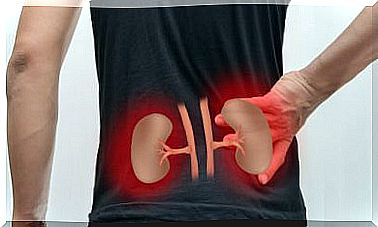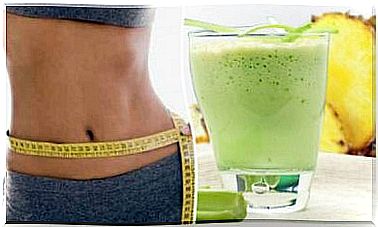8 Tips To Get Rid Of The Feeling Of Heavy Legs
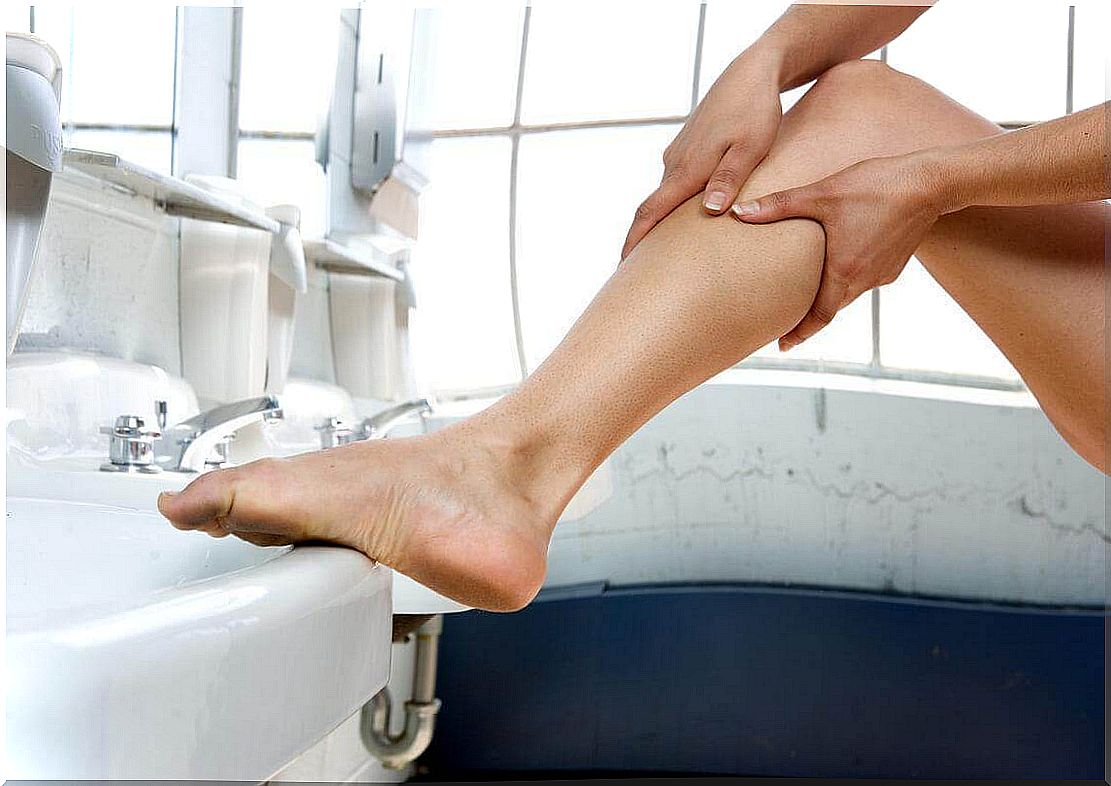
Swollen legs can be the result of physical overload, circulation problems, or fluid retention. This ailment usually affects women. It is commonly described as a feeling of heaviness, often hindering movement and daily activities.
This ailment can lead to episodes of chronic pain that only lessen with rest. Moreover, swollen legs are very often associated with tingling, numbness and other symptoms that negatively affect our quality of life.
In most cases, the condition will resolve without the need for treatment. However, there are some natural remedies that can control your ailments. Therefore, in this article, you will learn about the main causes of swollen legs and 8 simple tips to help you speed up your recovery.
Swollen legs – the main causes
The main cause of swelling in the lower limbs is problems with blood circulation in that part of the body. In these cases, in addition to the burden associated with our weight, the law of gravity also makes it difficult to return to normal blood flow in the body.
In turn, another, equally common cause: retained fluids in our body, which most often occur as a consequence of improper functioning of the kidneys.

These disorders can result from excessive sodium intake and as a consequence of more serious diseases. What else causes the swelling on the legs?
- Sedentary lifestyle, or staying in the same position for a long time.
- Standing all day.
- Pregnancy.
- Overweight or obesity.
- Drugs for diabetes or drugs for hypertension.
- Heart and kidney failure.
- The occurrence of autoimmune diseases such as rheumatoid arthritis.
- Inappropriate footwear (including high-heeled shoes)
- Mechanical injuries.
Swollen legs – common symptoms
We have compiled a list of the most common symptoms for you:
- A feeling of heaviness and fatigue in the lower extremities.
- Tingling, itching and frequent cramps.
- Red and burning legs.
- Pain that increases with exercise.
- The occurrence of varicose veins and spider veins.
Swollen legs – how to help yourself?
When swelling in the legs indicates another condition, we usually have to resort to anti-inflammatory and painkillers. Whatever the reason, there are natural ways we can help ourselves. The following tips will help you soothe the swelling on your legs and will be the perfect complement to your prescribed treatment.
1. Legs up!
Placing the legs higher than the torso for just a few minutes: this can help reactivate adequate blood circulation. In addition, it is an excellent exercise to relax your muscles and reduce the feeling of tension. You can rest your legs against the wall. And if you feel particularly painful at night, put a few pillows under your feet.

It can be a direct cause of swollen legs. Hence, it is worth taking care of appropriate footwear, regardless of the circumstances. Do not force yourself on high heels or too tight shoes. It is best to walk in flat but well-contoured footwear. A precisely selected size is also important.
3. Drink plenty of water
4. Cold showers for swollen legs
One of the most effective therapies to relieve leg swelling (but not only) is the external application of cold water.
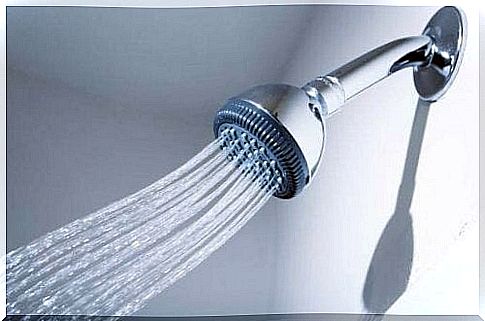
The cold stimulates blood flow and prevents varicose veins. In addition, it will allow you to relax your muscles and reduce pain. Just after a long bath or during the morning shower – we recommend a few minutes under cold water.
You can also use the alternating stream of hot and cold water.
5. Swollen legs and diuretics
They have the ability to increase kidney function, which leads to the excretion of urine and toxins from the body more often. Fluid regulation is extremely important in the context of swelling.
6. Physical activity
Exercise also has many benefits against inflammation in the body. If you are struggling with leg swelling – allow yourself a moment of properly selected exercises. They not only help fight excess weight, but also minimize inflammation. Choose exercises to support circulation.
7. Bitter salt for swelling
Due to the content of sulfur and magnesium, bitter salt is great for improving the condition of the body. It shows regenerating, de-acidifying and detoxifying properties. It also has anti-inflammatory and anti-seborrheic properties.
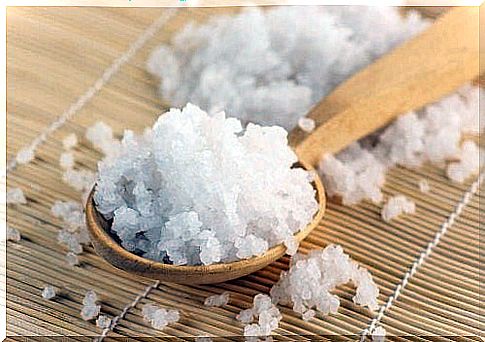
Bitter salt, i.e. Epsom salt is widely known for its healing properties, relieving swelling in the legs. Bathing in the company of bitter salt will help to relax the muscles, reducing tension and pain in the legs. Moreover, it promotes relaxation.
8. Swollen legs and massage
Massages help to stimulate the lymphatic and circulatory functions of the body. It is best if they are accompanied by essential oils. Properly performed massage will reduce inflammation in the legs. In addition, they support the elimination of toxins and fluids from the body.
Summary
In conclusion, do not forget to consult your doctor if the swelling in your legs persists for a long time. The tips described in this article are helpful, but if the swelling is caused by more serious ailments, it is worth trying to diagnose them.
Don’t be afraid to consult a specialist. In the meantime, introduce into your everyday life the habits presented here that will allow you to regain health and harmony.






